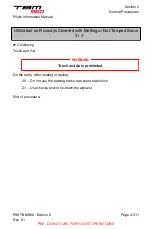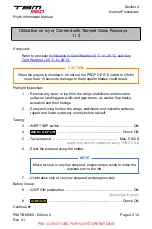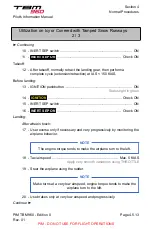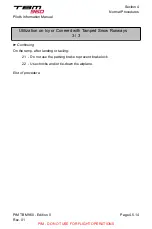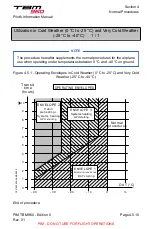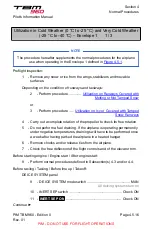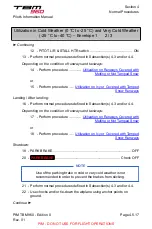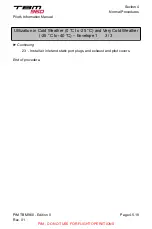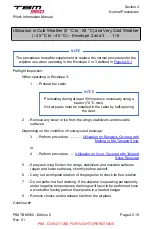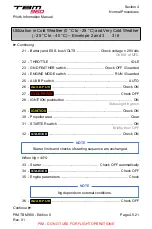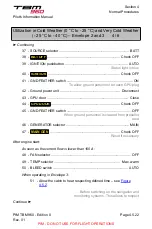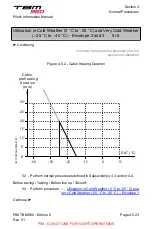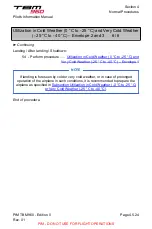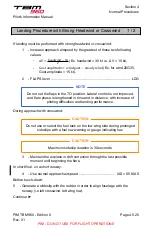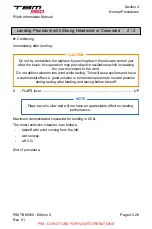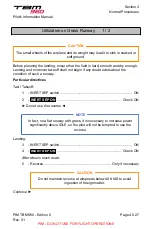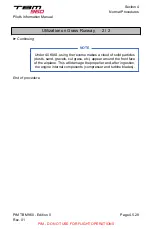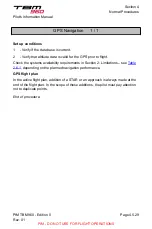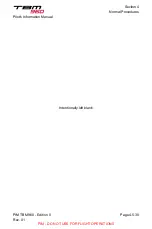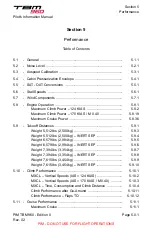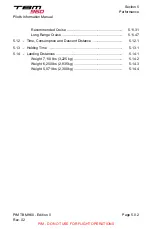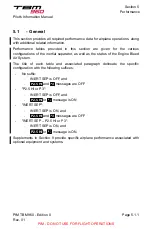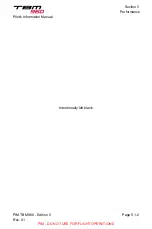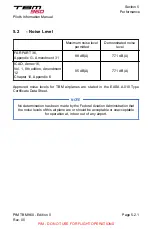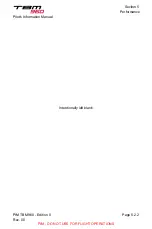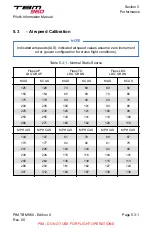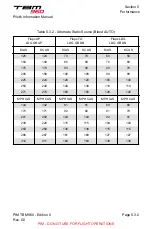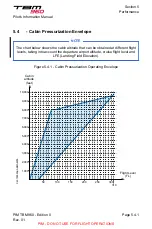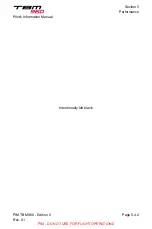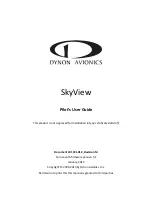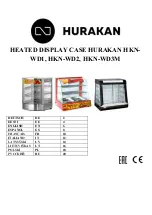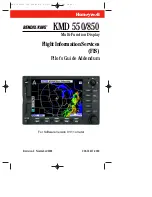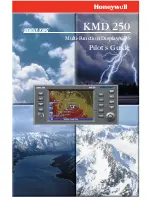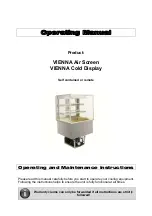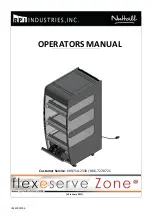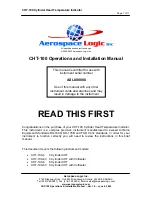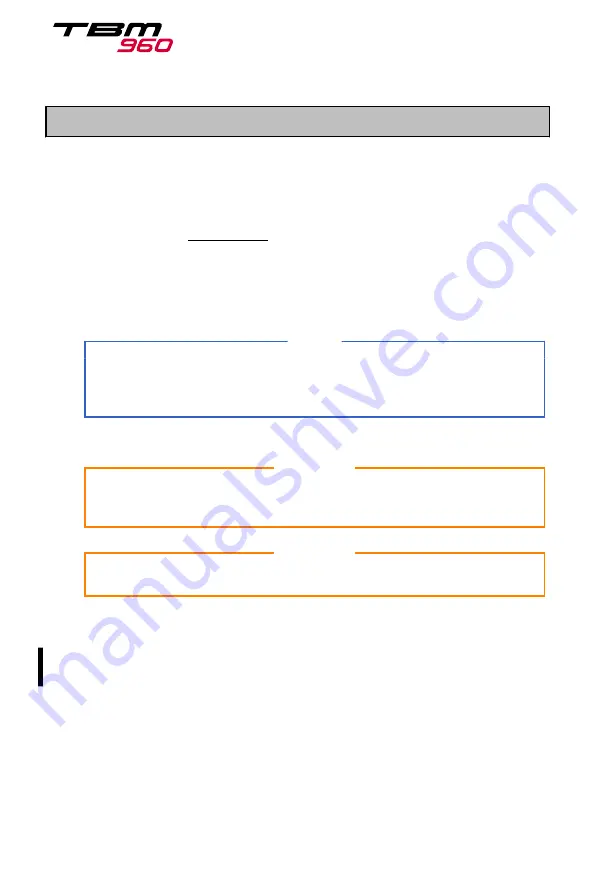
Landing Procedure with Strong Headwind or Crosswind 1 / 2
If landing must be performed with strong headwind or crosswind:
1
- Increase approach airspeed by the greatest of these two following
values:
-
ΔV =
headwind − 10
2
(Ex. headwind = 30 kt i.e. ΔV = 10 kt),
-
Gust amplitude = wind gust − steady wind
(Ex. for wind 20G35,
Gust amplitude = 15 kt).
2
- FLAPS lever ................................................................................... LDG
NOTE
Do not set the flaps in the TO position. Lateral control is not improved,
and flare phase is lengthened in time and in distance, with increase of
piloting difficulties and landing performance.
During approach with crosswind:
CAUTION
Do not use or select the fuel tank on the low wing side during prolonged
sideslips with a fuel low warning or gauge indicating low.
CAUTION
Maximum sideslip duration is 30 seconds.
3
- Maintain the airplane in drift correction through the last possible
moment until beginning the flare.
In short final, on a short runway:
4
- Use normal approach airspeed ...................................... IAS = 85 KIAS
Before touch-down:
5
- Generate a slideslip with the rudder in order to align fuselage with the
runway (i.e left crosswind, left wing low).
Continue ►
Pilot's Information Manual
Section 4
Normal Procedures
PIM TBM 960 - Edition 0
Rev. 01
Page 4.5.25
PIM - DO NOT USE FOR FLIGHT OPERATIONS

